Home>Technology>Security & Surveillance>How To Replace A Cylinder Lock On Door
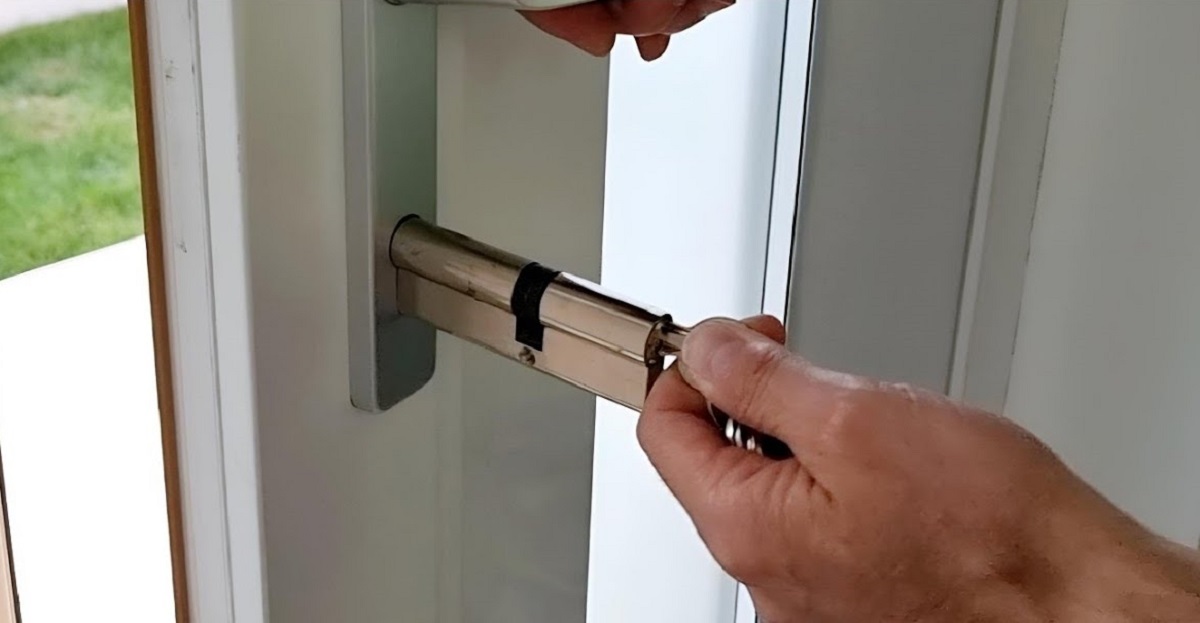

Security & Surveillance
How To Replace A Cylinder Lock On Door
Published: December 27, 2023
Learn how to enhance your home security with our step-by-step guide on replacing a cylinder lock on your door. Ensure safety and peace of mind. Expert tips for security and surveillance.
(Many of the links in this article redirect to a specific reviewed product. Your purchase of these products through affiliate links helps to generate commission for Storables.com, at no extra cost. Learn more)
Introduction
Securing your home is a top priority, and one of the fundamental aspects of home security is ensuring that your door locks are in optimal condition. Over time, wear and tear can compromise the effectiveness of cylinder locks, which are commonly used in residential doors. Whether you want to upgrade your security or simply replace a malfunctioning lock, knowing how to replace a cylinder lock on a door is a valuable skill.
In this guide, we will walk you through the step-by-step process of replacing a cylinder lock on a door. By following these instructions and using the right tools and materials, you can enhance the security of your home and gain peace of mind knowing that your door is properly secured.
Replacing a cylinder lock may seem daunting at first, but with the right guidance and a methodical approach, it can be a straightforward task. Before we delve into the practical steps, let's take a look at the essential tools and materials you will need for this project.
Key Takeaways:
- Replacing a cylinder lock on a door is a manageable task that enhances home security. With the right tools and steps, you can confidently upgrade your door lock for better protection.
- By mastering the process of replacing a cylinder lock, you empower yourself to maintain a secure living environment. Proactive maintenance of door locks contributes to overall safety and peace of mind.
Read more: How To Remove A Door Lock Cylinder
Tools and Materials Needed
Before you begin the process of replacing a cylinder lock on a door, it’s important to gather the necessary tools and materials. Having the right equipment at hand will streamline the task and ensure that you can complete the job efficiently. Here’s a list of the essential tools and materials you’ll need:
Tools:
- Phillips-head screwdriver
- Flat-head screwdriver
- Adjustable wrench
- Needle-nose pliers
- Hammer
- Center punch
- Drill and drill bits
- Chisel
- Tape measure
Materials:
- New cylinder lock
- Replacement screws
- Lubricant (graphite or silicone-based)
Once you have gathered these tools and materials, you’ll be well-prepared to tackle the task of replacing the cylinder lock on your door. With everything in place, you can proceed to the next steps with confidence, knowing that you have everything you need to complete the job effectively.
Removing the Old Cylinder Lock
Before installing a new cylinder lock, you must first remove the old one. This process involves careful attention to detail and a systematic approach to ensure that the old lock is taken out without causing damage to the door or surrounding hardware. Follow these steps to remove the old cylinder lock:
- Prepare the Door: Start by ensuring that the door is securely held open, either with a doorstop or by having someone assist you in holding it steady. This will prevent any accidental movement of the door during the removal process.
- Remove the Screws: Locate and remove the screws that secure the faceplate of the cylinder lock to the door. Typically, there are screws on the interior and exterior sides of the lock. Use the appropriate screwdriver to carefully unscrew and remove them.
- Extract the Cylinder: Once the faceplate is detached, you will be able to access the cylinder. Use the key to turn the cylinder slightly, aligning it with the removal position. With the cylinder in this position, you can use the flat-head screwdriver and needle-nose pliers to extract it from the door.
- Remove the Strike Plate (If Applicable): In some cases, there may be a strike plate attached to the door frame. If your old lock includes a strike plate, use the appropriate tools to unscrew and remove it from the door frame.
- Clean the Area: With the old lock and any accompanying hardware removed, take the opportunity to clean the area within the lock recess. Use a rag or brush to remove any debris or buildup that may have accumulated over time.
Once you have completed these steps, the old cylinder lock will be successfully removed, and you can proceed to the next phase of the process: installing the new cylinder lock.
Read more: How To Change Door Lock Cylinder On A Car
Installing the New Cylinder Lock
Now that the old cylinder lock has been removed, it’s time to install the new one. Proper installation is crucial to ensure that the lock functions smoothly and provides the security you require. Follow these steps to install the new cylinder lock:
- Prepare the New Lock: Before installing the new lock, ensure that it is compatible with your door and meets your security needs. Check that the new lock includes all necessary components, such as the cylinder, faceplate, and screws.
- Insert the Cylinder: Begin by inserting the new cylinder into the lock recess, ensuring that it is oriented correctly. The keyway should align with the removal position, allowing the cylinder to slide smoothly into place.
- Attach the Faceplate: Position the faceplate on the exterior side of the door and secure it in place using the provided screws. Ensure that the faceplate fits snugly against the door surface and aligns with the cylinder.
- Secure the Interior Components: On the interior side of the door, attach any additional components that come with the new lock, such as the thumb turn or interior faceplate. Use the appropriate screws and hardware to secure these components in place.
- Test the Lock: With the new cylinder lock fully installed, test its functionality. Insert the key and ensure that it turns smoothly, locking and unlocking the door without any resistance. Additionally, test the thumb turn on the interior side to confirm that it operates as intended.
By following these steps, you can effectively install a new cylinder lock on your door, enhancing the security of your home and ensuring that your door is properly safeguarded. With the new lock in place, it’s essential to perform a thorough test to confirm its smooth operation before considering the installation process complete.
Before replacing a cylinder lock on a door, make sure to measure the existing lock to ensure you purchase the correct size replacement. It’s important to have the right fit for proper installation.
Testing the New Lock
After installing the new cylinder lock, it’s crucial to conduct comprehensive testing to ensure that the lock functions as intended and provides the level of security you require. Proper testing will allow you to identify any potential issues and address them promptly. Follow these steps to test the new lock:
- Key Operation: Insert the key into the new cylinder lock and test its operation. Turn the key to lock and unlock the door, ensuring that the mechanism operates smoothly without any sticking or resistance. Verify that the key engages and disengages the lock effectively.
- Interior Thumb Turn: If your new cylinder lock includes an interior thumb turn, test its functionality. Rotate the thumb turn to lock and unlock the door from the inside, confirming that it operates smoothly and without obstruction.
- Exterior Operation: From the exterior of the door, test the lock’s operation using the key. Ensure that the key engages the lock cylinder without difficulty and that the lock securely latches and unlatches as intended.
- Secure Latching: Close the door and test the lock to verify that it securely latches when closed. Confirm that there is no excessive play or misalignment that could compromise the door’s security.
- Smooth Functionality: Throughout the testing process, pay attention to the overall smoothness of the lock’s operation. Listen for any unusual sounds or sensations that could indicate potential issues, and address them accordingly.
Thoroughly testing the new cylinder lock is essential for ensuring that it provides the level of security and functionality you expect. By meticulously evaluating its operation from both the interior and exterior, you can identify any potential concerns and take corrective action to address them. With the new lock successfully installed and tested, you can enjoy enhanced security and peace of mind in your home.
Conclusion
Replacing a cylinder lock on a door is a valuable skill that empowers you to enhance the security of your home and ensure the proper functioning of your door’s locking mechanism. By following the step-by-step process outlined in this guide and using the essential tools and materials, you can successfully replace a cylinder lock with confidence and precision.
Through the careful removal of the old lock, meticulous installation of the new lock, and comprehensive testing of its functionality, you can achieve a heightened level of security for your home. This proactive approach to maintaining your door locks contributes to the overall safety and protection of your property and loved ones.
Furthermore, mastering the process of replacing a cylinder lock provides a sense of self-reliance and empowers you to take proactive measures to safeguard your home. By staying attuned to the condition of your door locks and addressing any issues promptly, you can maintain a secure and resilient living environment.
Remember, if you encounter any challenges or uncertainties during the process of replacing a cylinder lock, don’t hesitate to seek professional assistance. Ensuring that the task is carried out with precision and attention to detail is essential for the effectiveness of the lock and the security it provides.
By prioritizing the maintenance and replacement of your door locks as needed, you can uphold a robust security posture and enjoy the peace of mind that comes with knowing your home is well-protected. With the knowledge and guidance provided in this guide, you are equipped to take proactive steps in maintaining the security of your home through the replacement of a cylinder lock on your door.
Frequently Asked Questions about How To Replace A Cylinder Lock On Door
Was this page helpful?
At Storables.com, we guarantee accurate and reliable information. Our content, validated by Expert Board Contributors, is crafted following stringent Editorial Policies. We're committed to providing you with well-researched, expert-backed insights for all your informational needs.
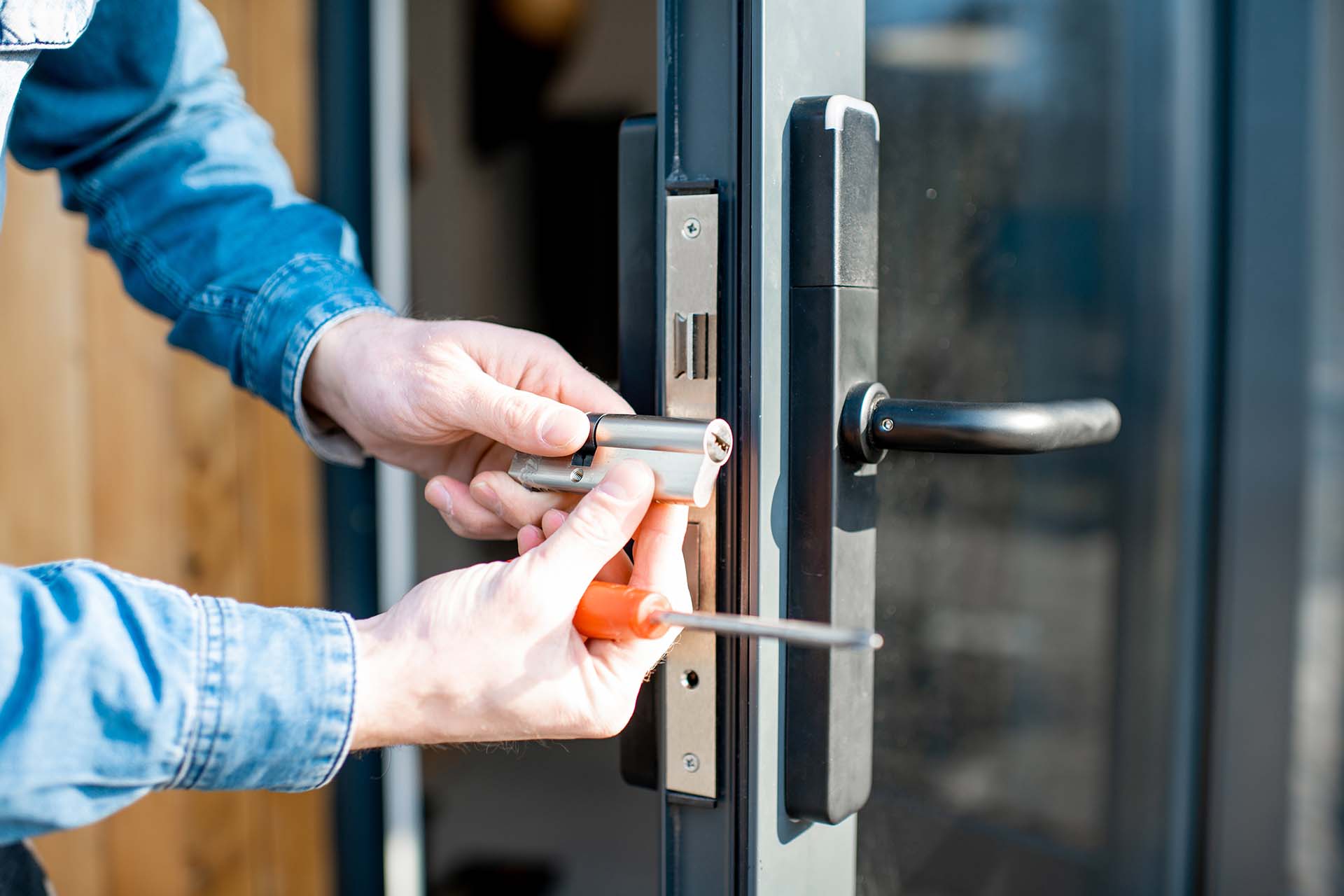
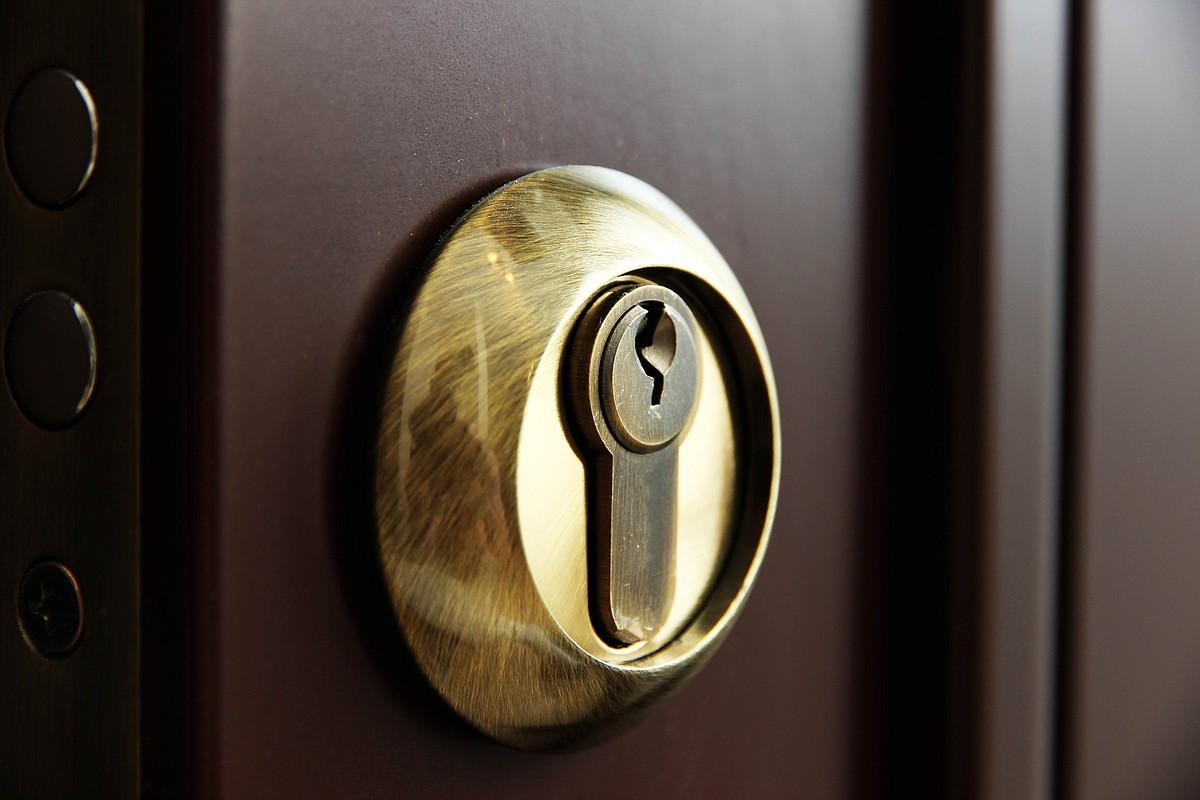
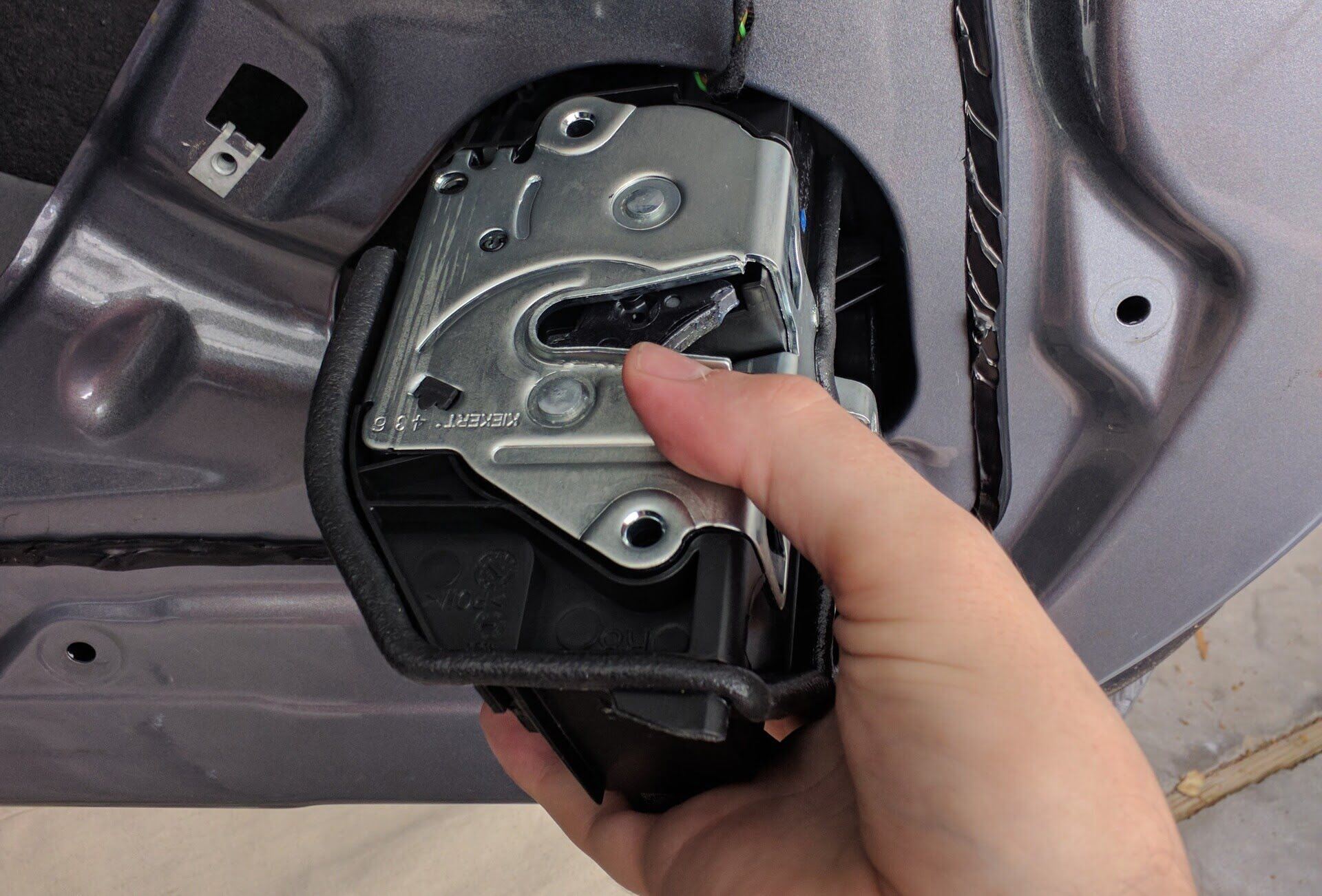
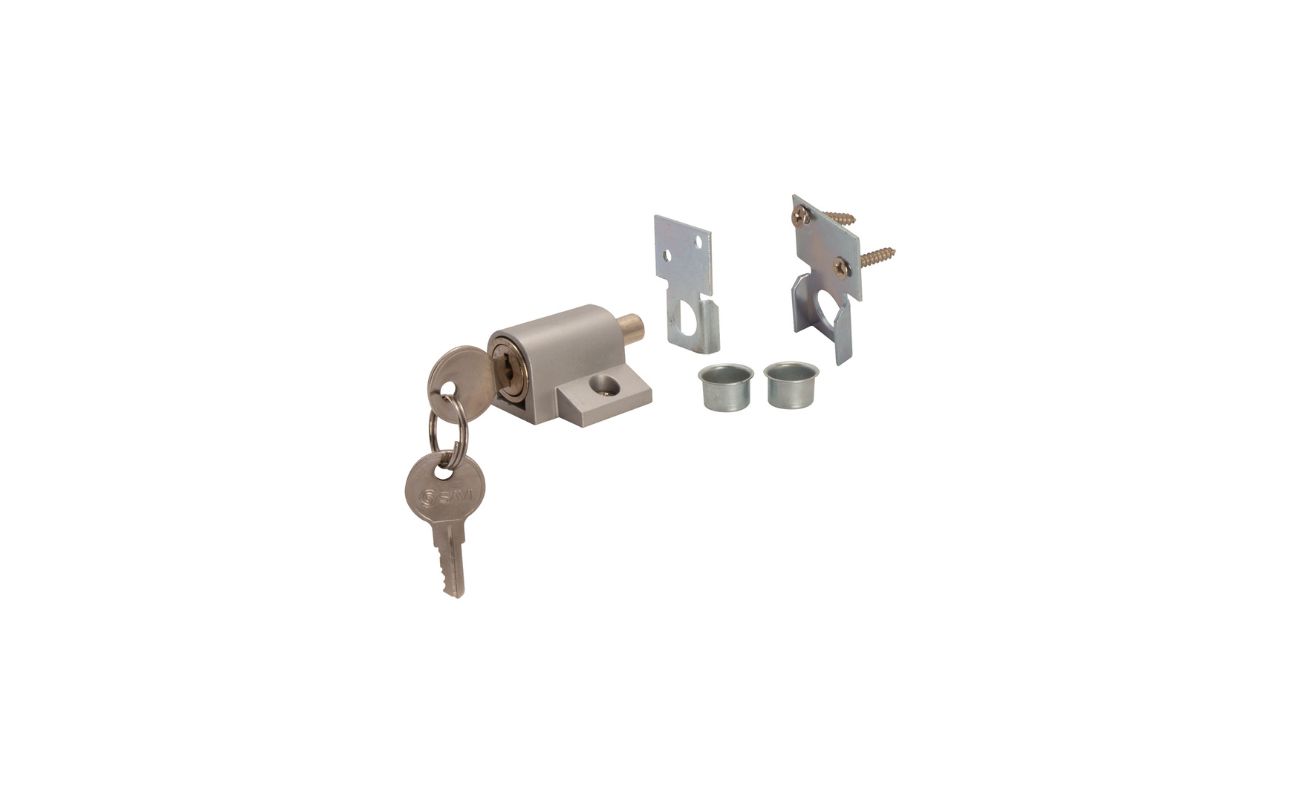
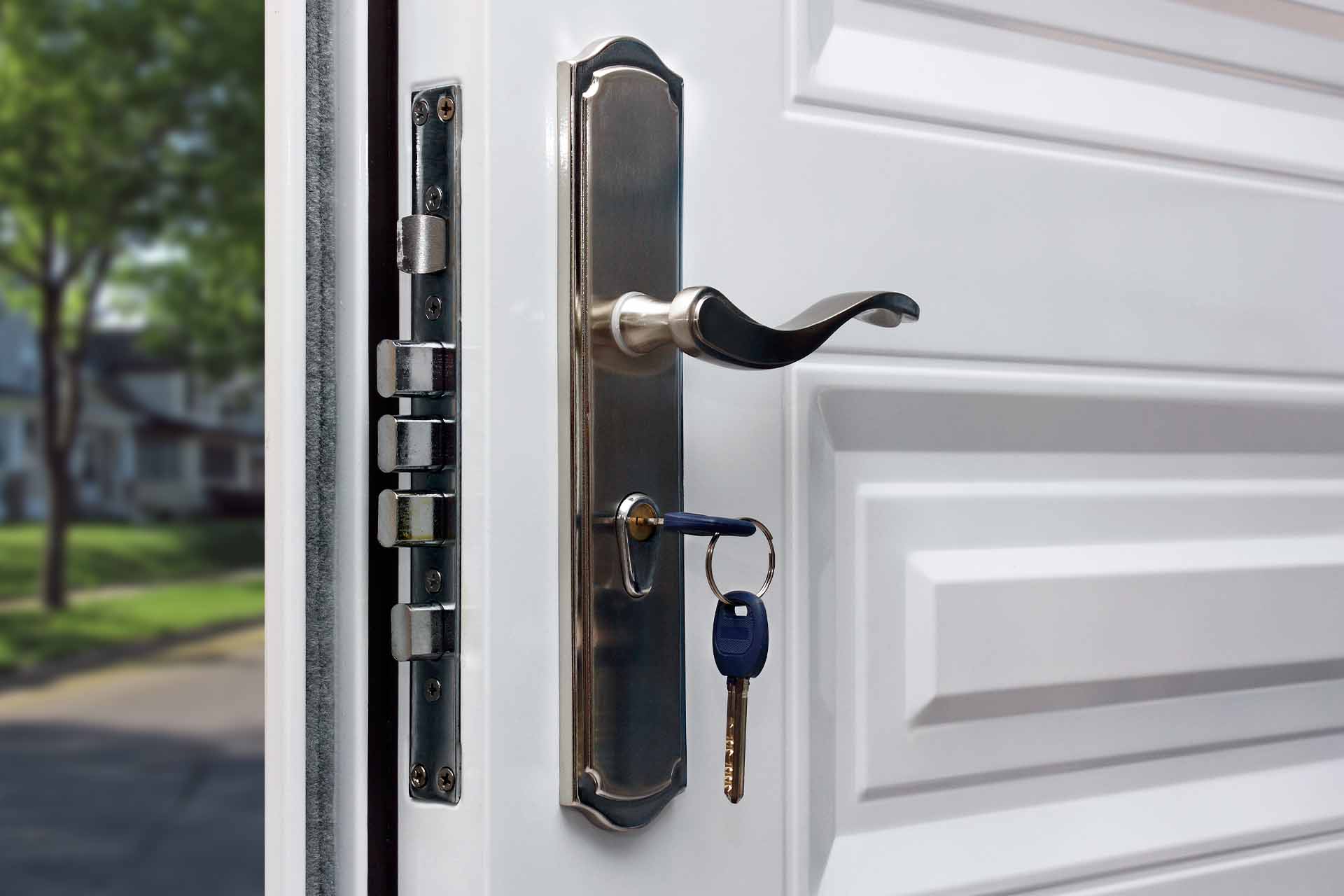
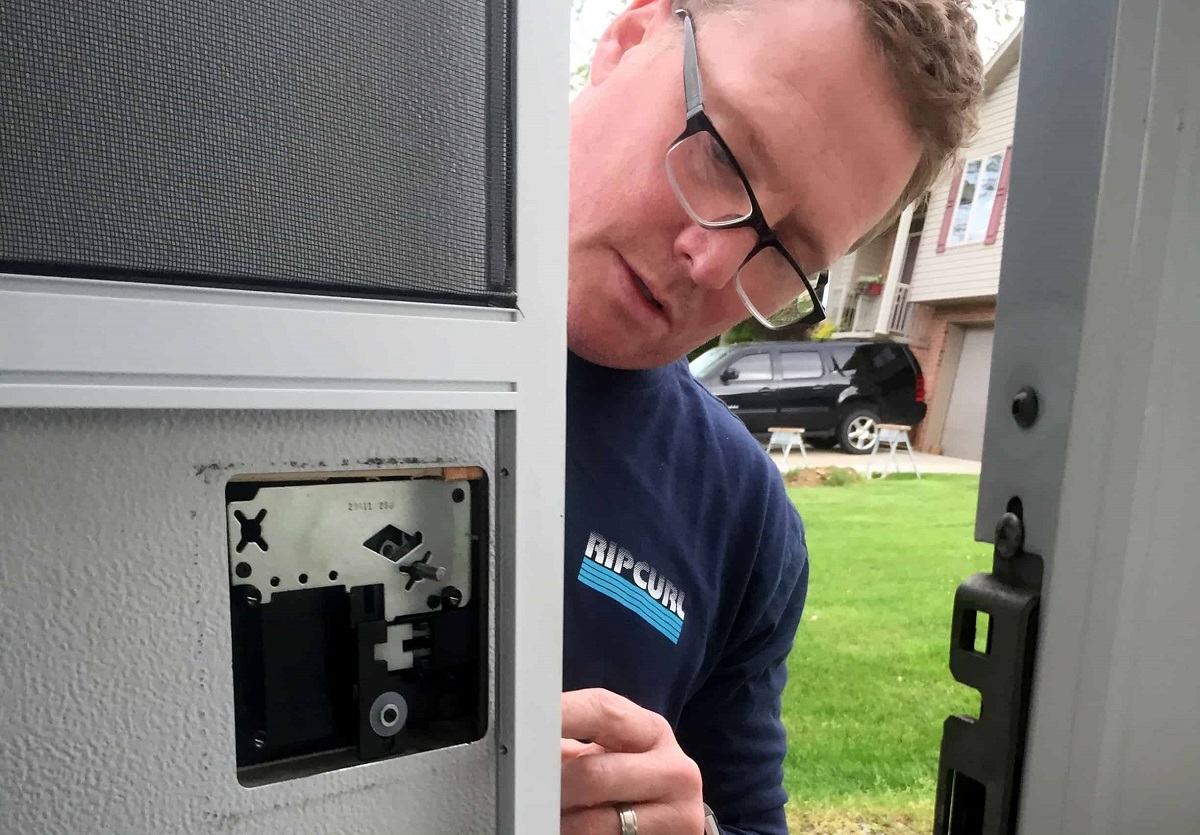
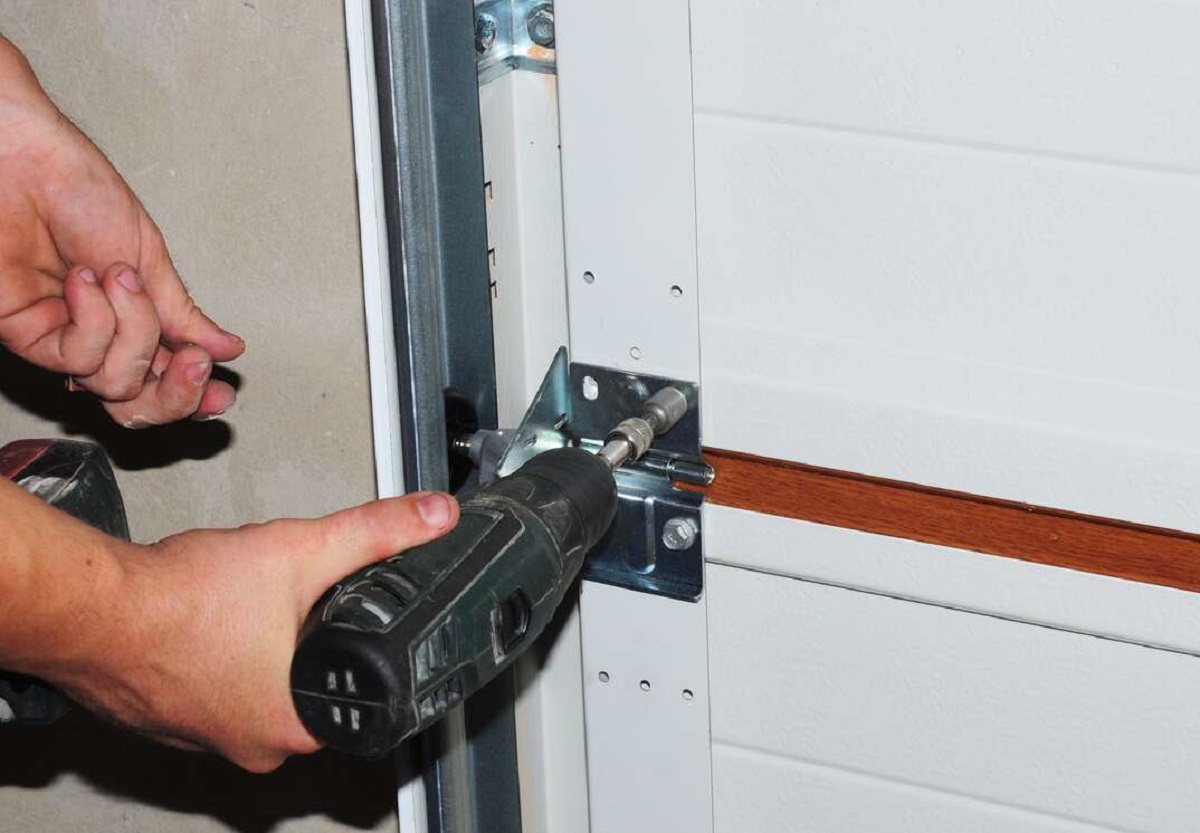
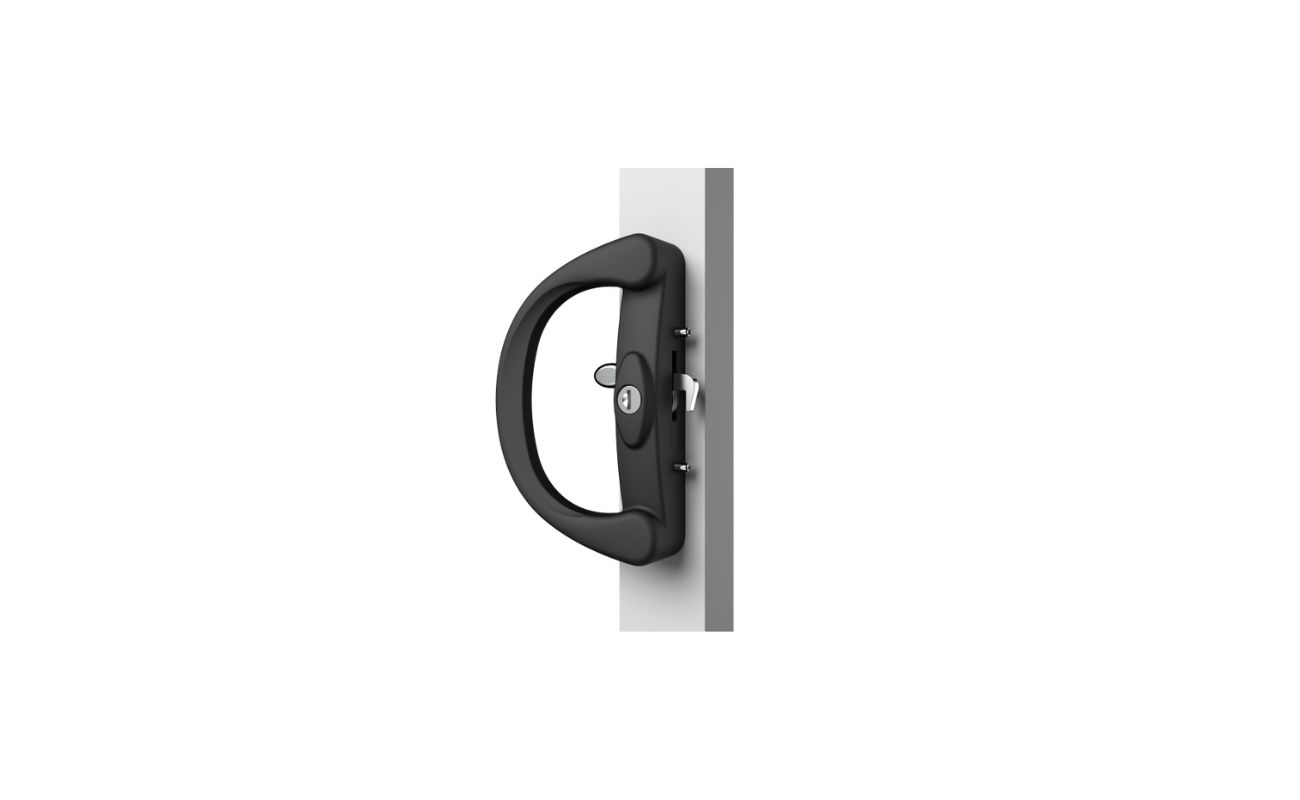
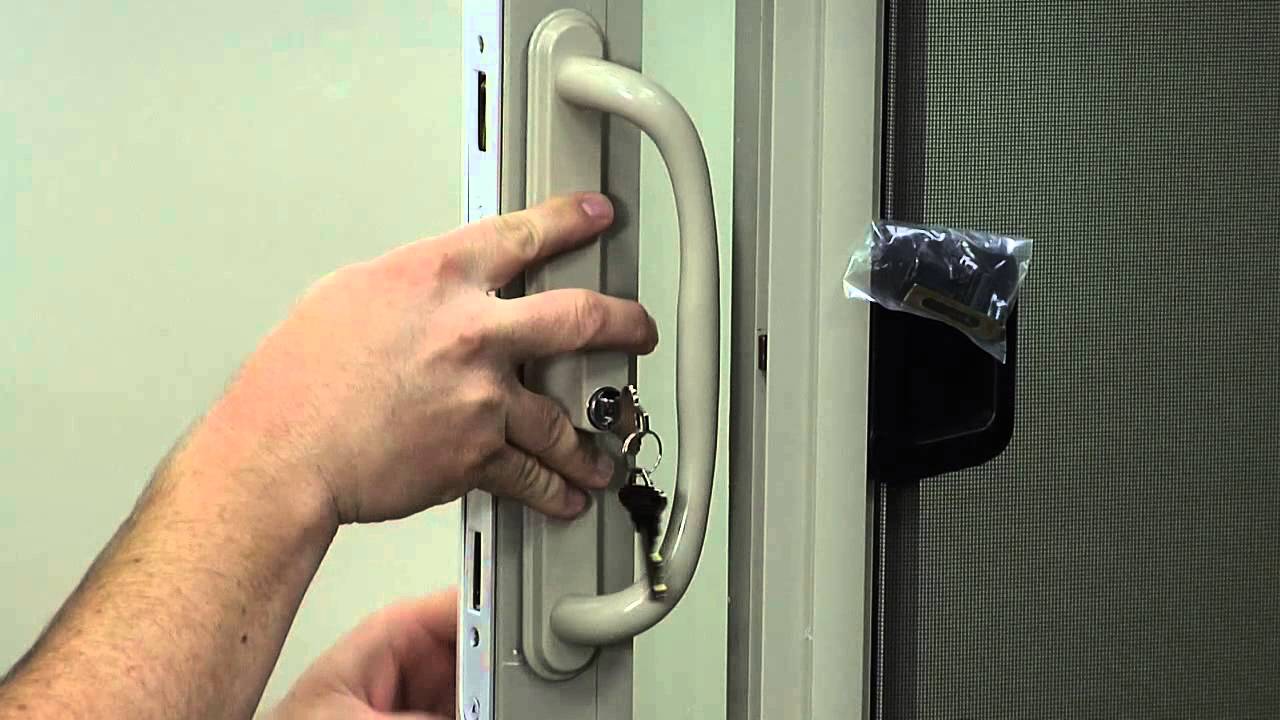
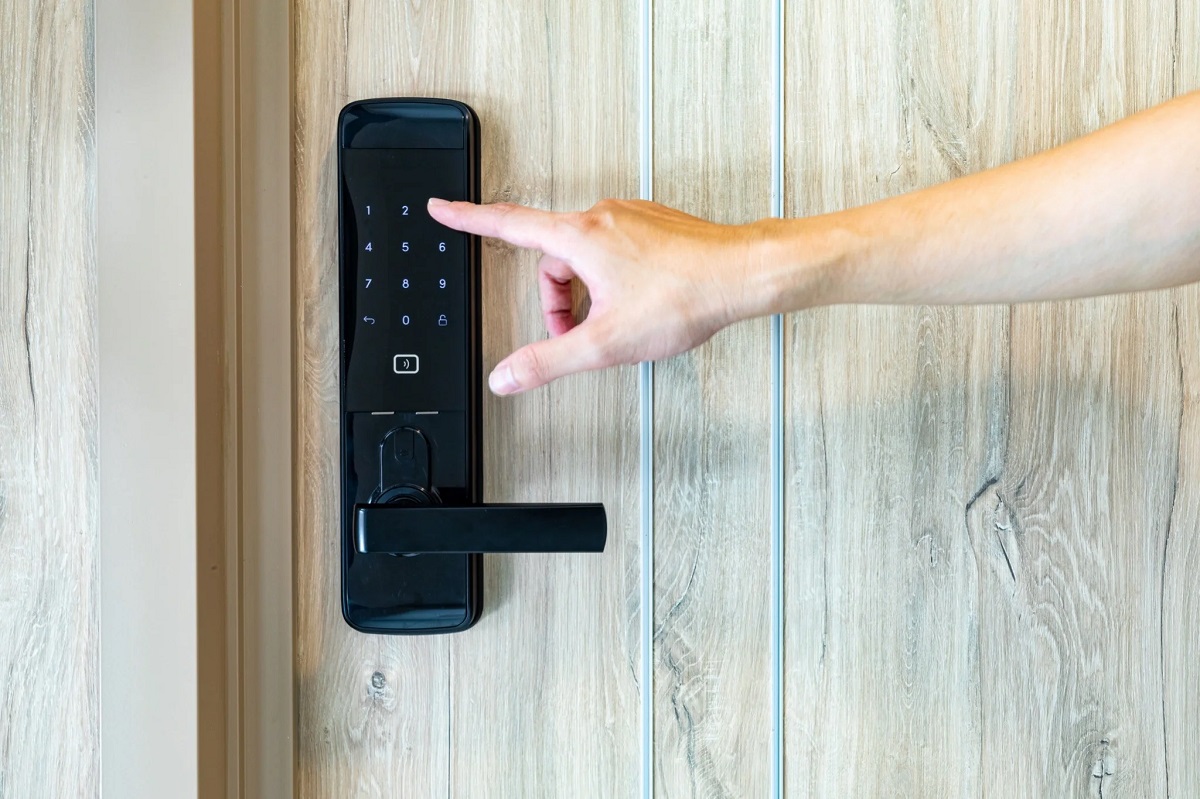
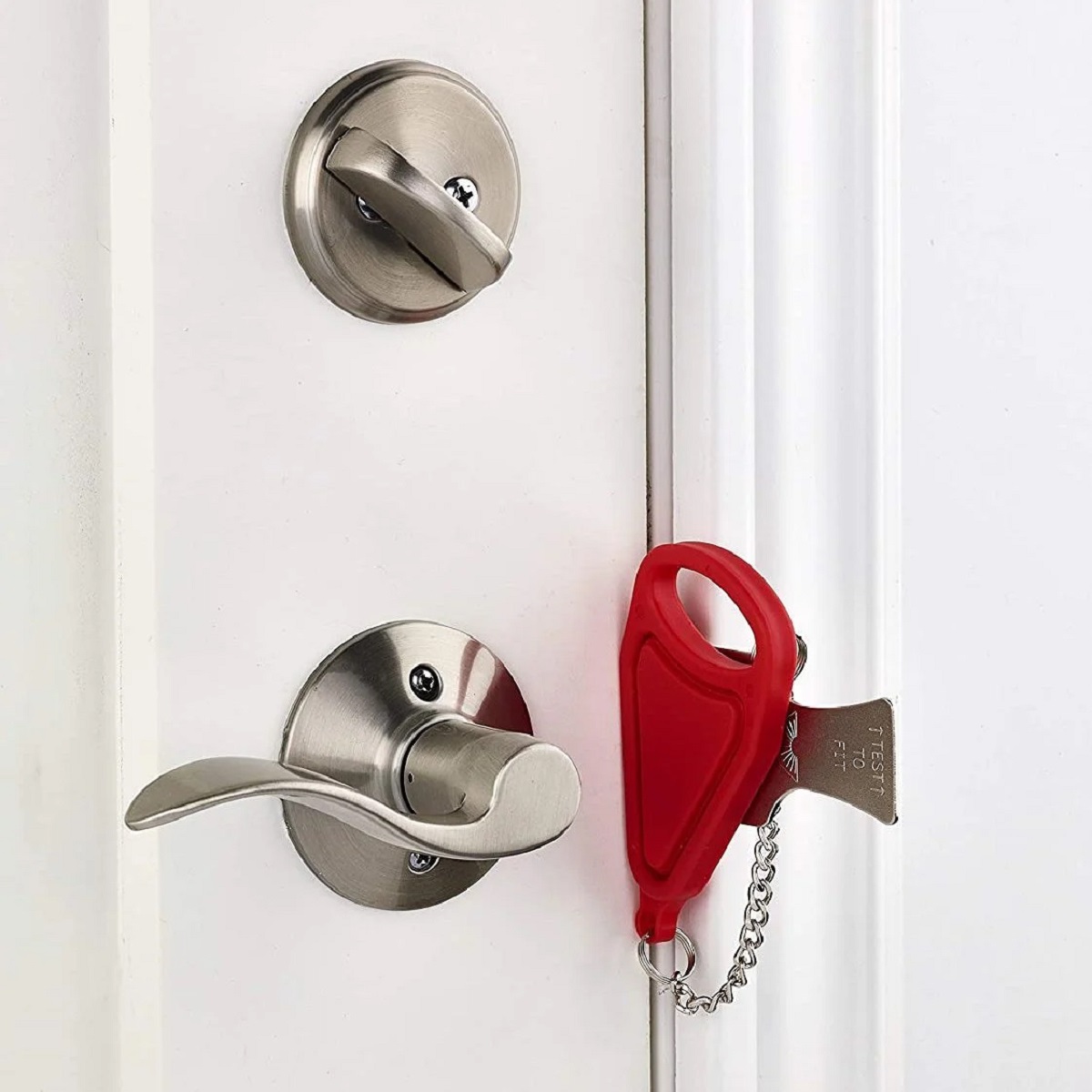
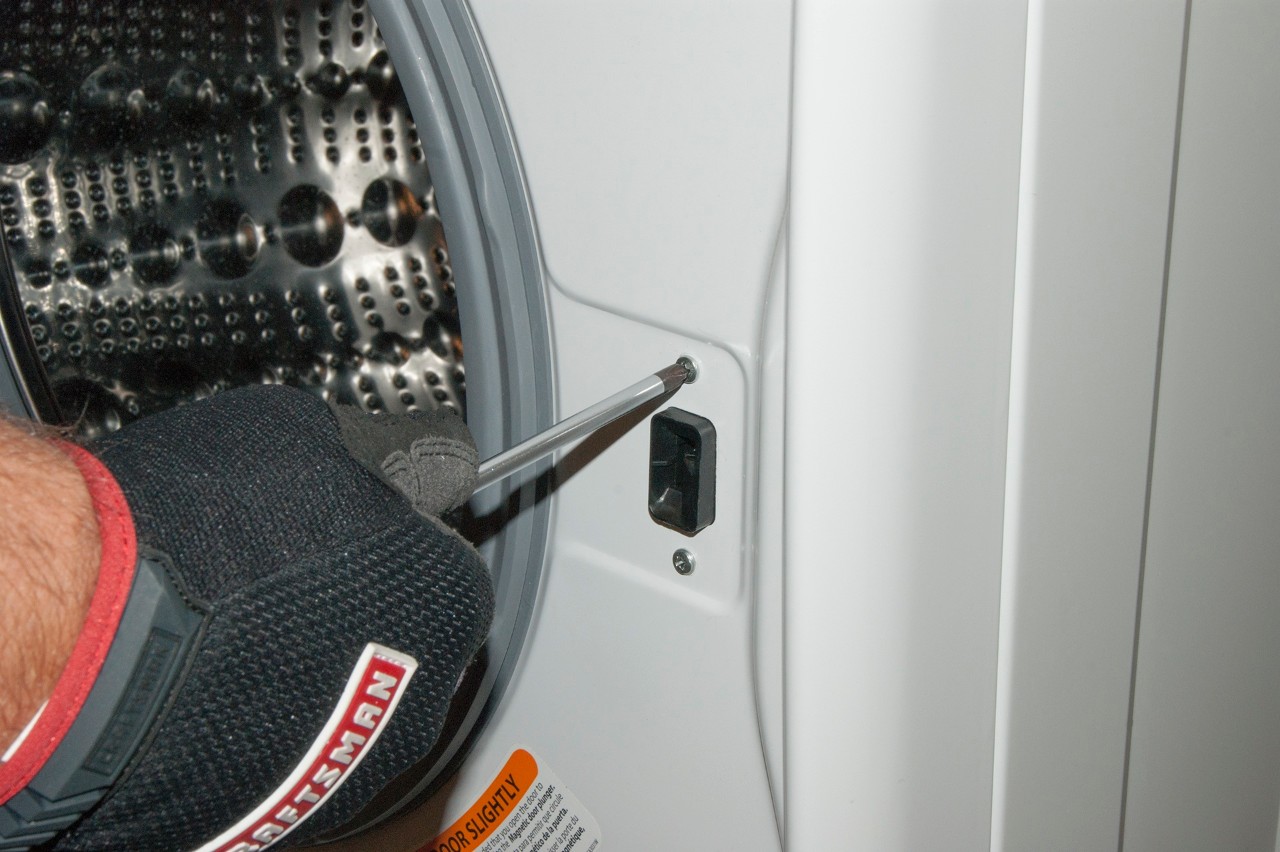
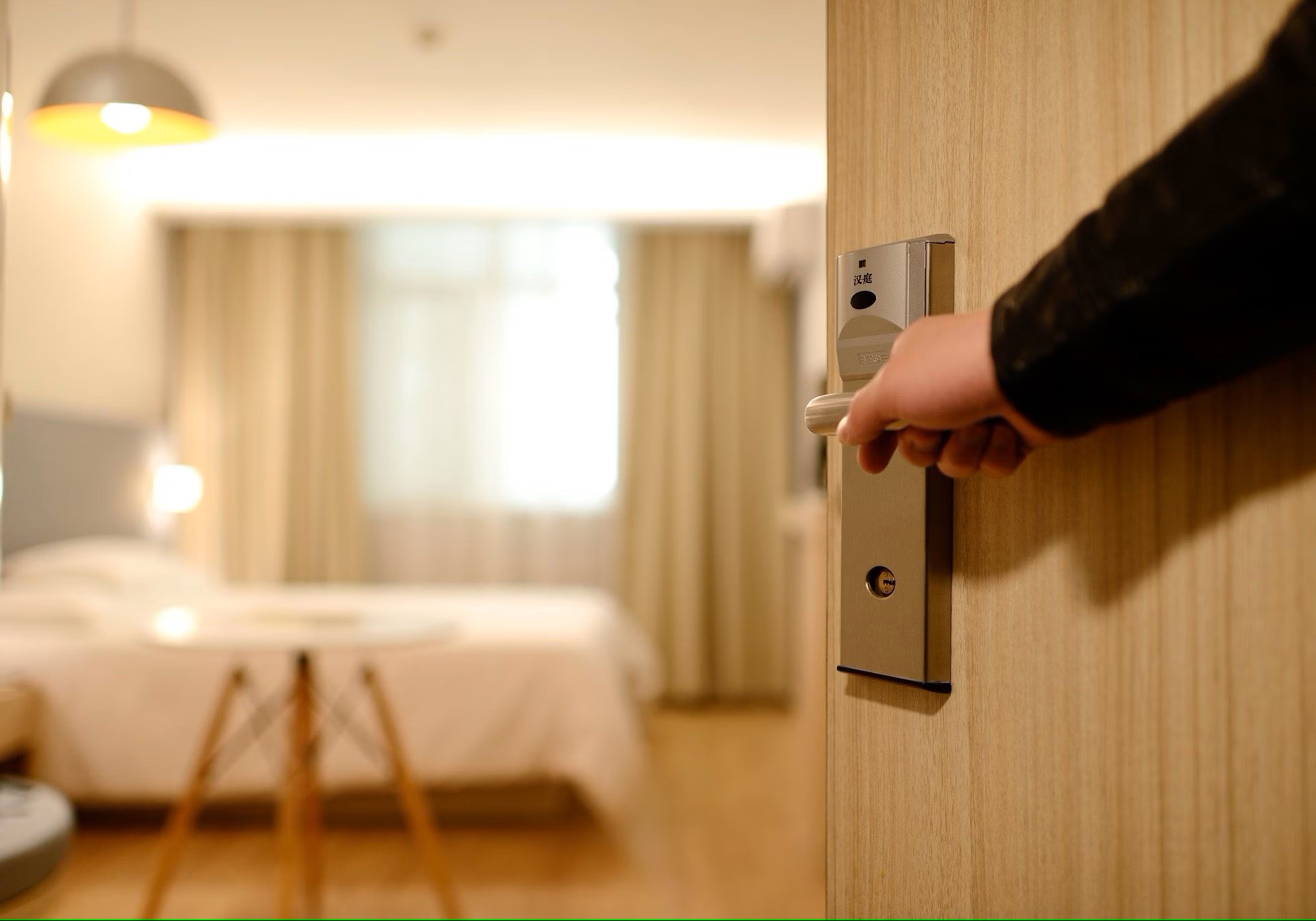
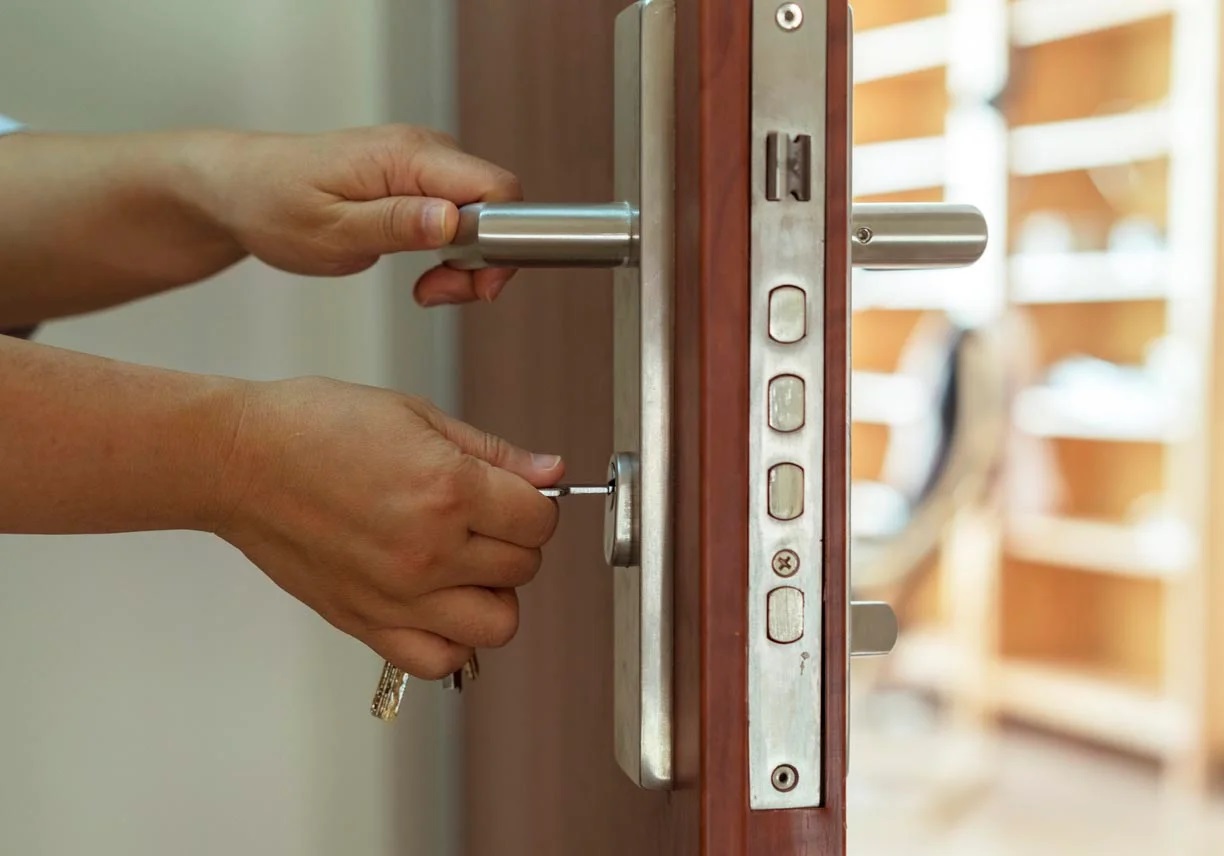

0 thoughts on “How To Replace A Cylinder Lock On Door”